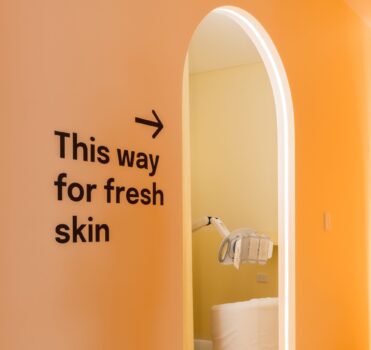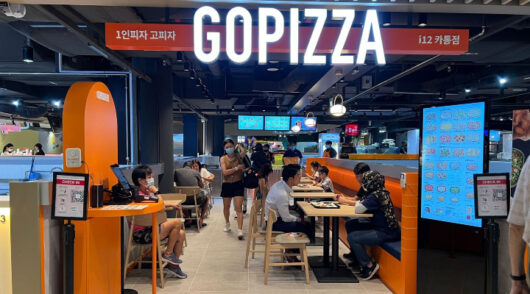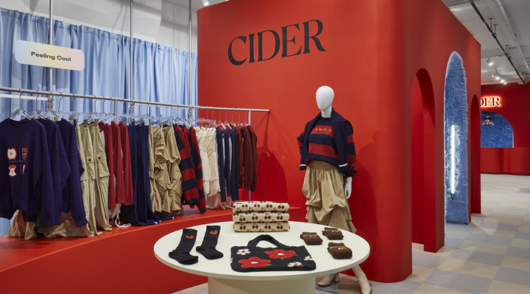The retail world of general merchandise, apparel and personal care is currently in a transformative phase. Consumers of today are discerning, informed and values-driven.
The year 2027 has been set by global industry as a timeframe to work towards transitioning retail point-of-sale systems to scan 2D barcodes worldwide.
2D barcodes are set to revolutionise the way we do business. For general merchandise, it’s an opportunity to prepare today, for tomorrow’s success.
Next-generation 2D barcodes can carry a wealth of information, far beyond traditional 1D linear barcodes, and can still go beep at point-of-sale. Imagine sharing data such as material composition, warranty information, installation instructions, production origin, care instructions, recycling methods and much more, with a single on-pack symbol.
With this enhanced capability, your brand can speak directly to the hearts of your consumers, build personalised customer-centric marketing campaigns, enable instant two-way feedback, share sustainability certifications and much more, further securing brand trust and credibility.
The apparel industry is currently at a crossroads, influenced by seismic shifts in consumer behaviour and regulatory requirements. The European Union is proposing new policies and regulations that focus on sustainability and circularity. While this only covers the EU market, it is expected that there will be significant global impact due to the international nature of apparel and general merchandise supply chains and will become more prevalent in the local Australian market soon.
The National Clothing Product Stewardship Scheme Clothing Data Report 2022 reports that the Australian consumer buys on average 56 items of clothing a year. As the textiles industry relies mostly on non-renewable resources – 98 million tonnes in total per year – including oil to produce synthetic fibres, fertilisers to grow cotton and chemicals to produce, dye, and finish fibres and textiles, the future for apparel lies in eco-design and circularity. Programs in Australia such as ‘Seamless’ are planning to transform the manufacture, use, re-use and recycling of apparel to create circularity for the industry by 2030.
2D barcodes serve as an innovative solution to assist general merchandise, apparel and personal care industries. By embedding detailed information within the barcodes, consumers gain access to essential data at their fingertips. This transparency empowers individuals to make informed choices, fostering a shift towards eco-design and circularity in industry.
Retailers, begin your transition to 2D barcodes, today. Visit 2D Barcodes – GS1 Australia






